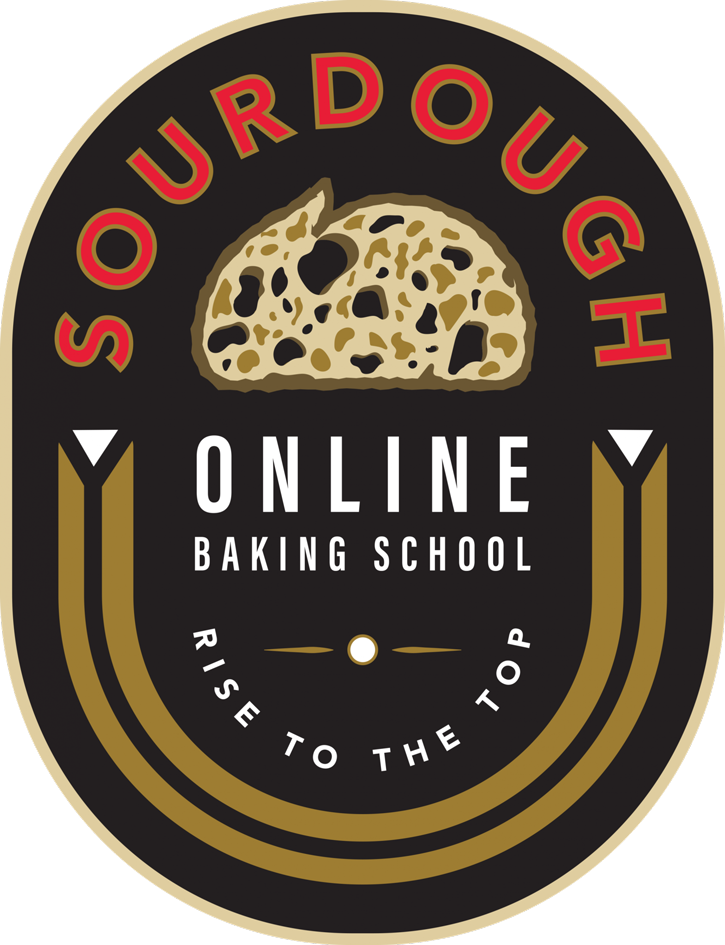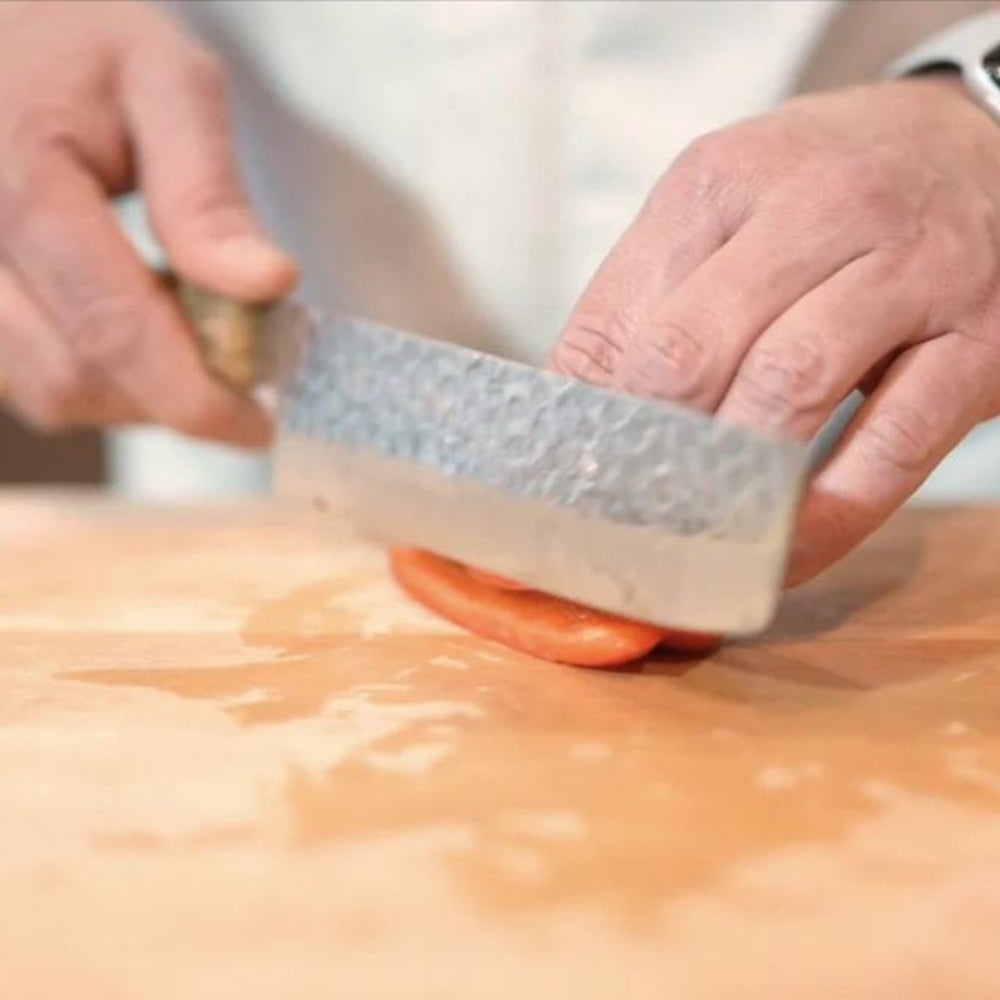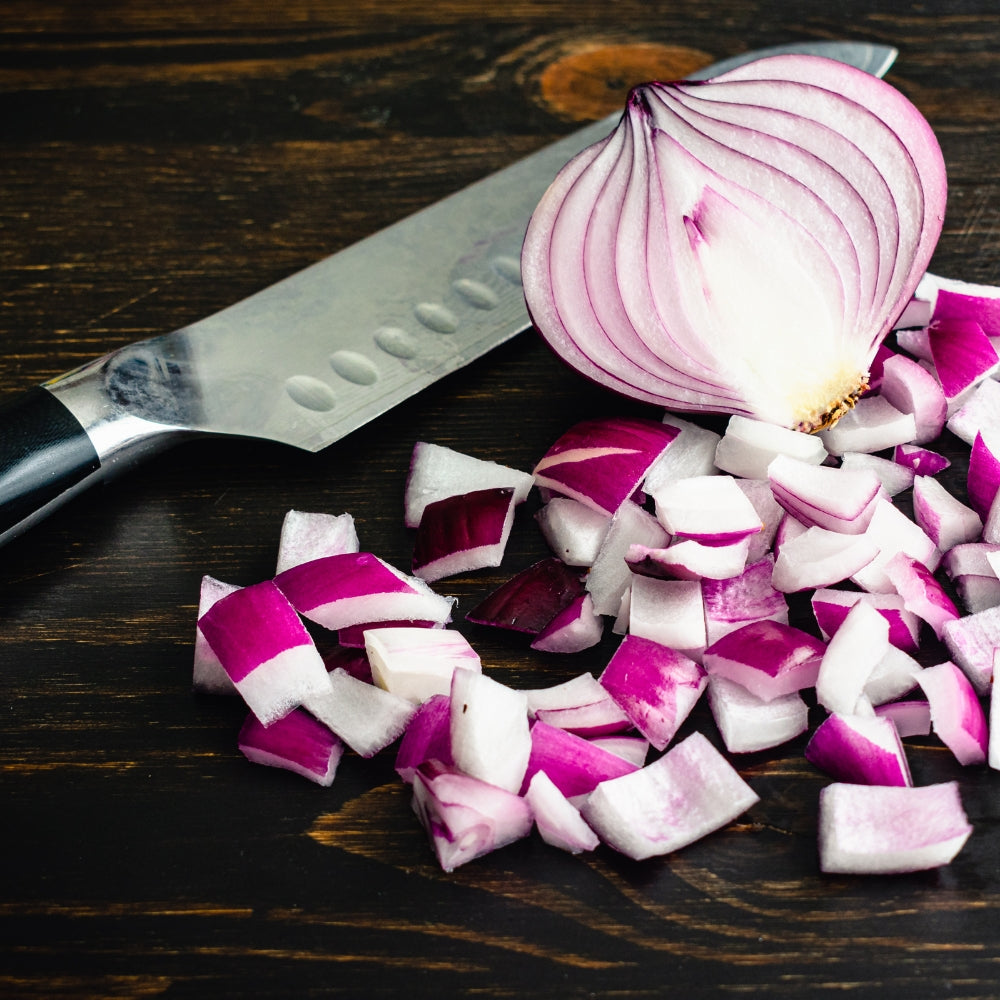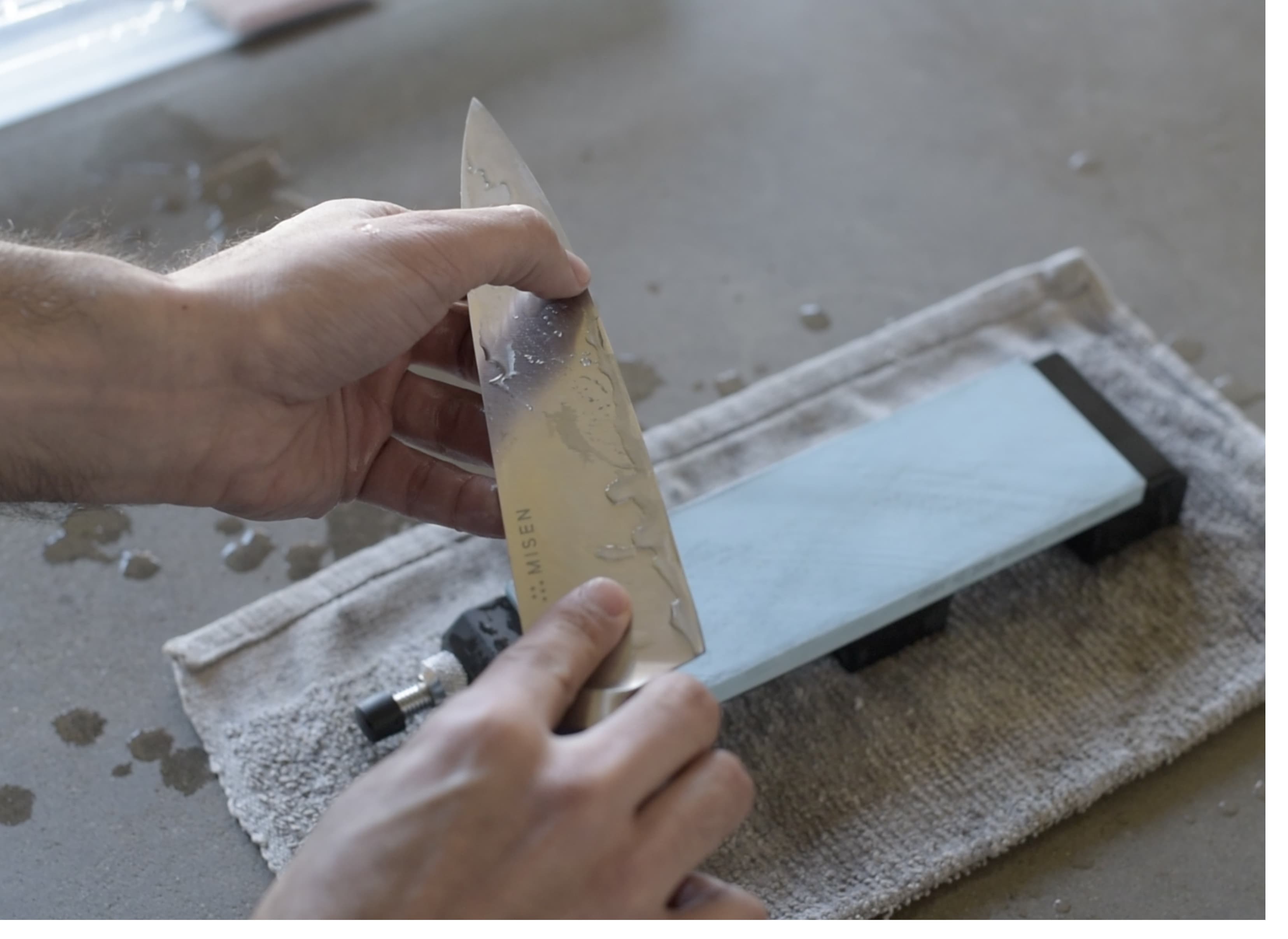
10 Sourdough Tools For Life Changing Bread
By Alex C
Senior Food Writer at Pro Home Cooks
I've realized over the years as sourdough has gotten more popular, the equipment and the tools available for home bakers have really come a long way. Tons of new companies and products have emerged to really make pro level baker equipment accessible for the home cook. So, in this blog post I'm going to be going over my 10 essential tools to make the very best sourdough bread you can possibly make at home. I'll highlight each of their benefits and you can actually see them in action. Click here to see the full video.
Chopstick
Generally, people have their own DIY way to mix up their sourdough starter. My ideal tool to mix up my starter is a chopstick! It's very effective at mixing up a small batch without any mess. What's even more important is once your starter is mixed, you can use it to easily scrape down the sides of your jar or vessel. This is game changing because you need a clear jar in order to see what's happening during the fermentation and rising process of your starter. Lastly, it’s also super easy to clean!
Danish Dough Whisk
My next tool is the Danish dough whisk. Not a lot of people know about them but they are perfectly crafted to do the initial mixing of a wet dough like most sourdoughs. This first mix has one job: to hydrate the flour with water. Just a very rough mix until you get a shaggy mass and this specialized whisk does a great job of mixing it up. It can clean off the sides of the bowl really well due to its circular shape. Also, they're very easy to like the chopsticks and anyone who has mixed sourdough bread with their hands knows how much of a shitshow it can be.
Sturdy Bag Clips
You might be thinking, why did a bag clip make the list? Well, because when you're making sourdough bread, you have tons of different kinds of flour and it can be the messiest thing you can have in your pantry. Having a sturdy high quality bag clip with some strength to it is a real game changer because it just keeps everything nice and tidy. Transferring things around, you can rest assured that you're not going to have flour flying all over the place.
Dough Scraper
Not to be confused with a bench scraper, a dough scraper is meant to be used to scrape the dough out of its bowl. Due to its perfectly rounded edge and flexibility it can conform to your bowl, leaving barely any wet dough behind. Then once that dough is out on the surface, I flip the dough scraper over to its straight edge that I use in tandem with my hands to create a “non-stick hand”. When you're dealing with sourdough bread, dough scrapers are going to be your best friend because when things get sticky, you can rely more on the dough scraper.
Cambro Container
I use heavy duty plastic bins from Cambro that have changed my life. You’ll see them a lot in the restaurant world but you can definitely find a use for them in your house. However, the reason they made the list is because they are so good for sourdough. They have a demarcation line to measure the volume of change. In the past, I would put my sourdough in a bowl and let it rise which is fine but bulk fermentation can take hours depending on your room temperature. If you're cold fermenting in the fridge it can be 24 hours so it's so much easier to just pop it in a cambro container and see when it has doubled in size.
Sourdough U Baking Checklist
I created a sourdough baking checklist that works like schedules so you can fit sourdough bread baking into your lifestyle. Making sourdough bread is a really long extended process, usually one full day to three days. However, the time you're actually spending making bread is not that long. So I created five different checklists for different lifestyles. The goal with these checklists is to give you those rough timings of each step so you can fit sourdough bread making around the rest of your life. They are completely free, thousands of people have used them with a lot of success so give them a try. Click here for your own Sourdough U Baking Checklist!
Rosehill Proofing Basket
Next up, we have the Rosehill proofing basket and just by looking at it you can see they are a little bit unique. They're actually made out of sustainable wood which is going to absorb moisture from the outside of the dough. So, because there's less moisture on the outside, you're gonna get a crispier crust when it's baked off. Not to mention they feel sturdier and I find that they're a little bit more nonstick when flowered correctly compared to cloth ones.
Dutch Oven
The reason baker's needed a dutch oven is because in traditional bakeries you have steam ovens that inject steam into the oven to create the perfect environment for a good rise and coloration. Home cooks don't have that in a regular oven so by using a Dutch oven as the bread cooks, we can trap in all that steam and get pretty much the same exact result as a bakery. I have two dutch oven options: One is the challenger, which is the most expensive dutch oven on the market and this thing is a beast if you're fully dedicated to baking for the rest of your life. It has a ton of surface area so if you bake bigger loaves or you do long rolls the challenger is for you. Option 2 is if you're making smaller loaves and don't make sourdough that often as it is cheaper in price. Regardless of which you choose, you want to avoid using enamel coated dutch ovens as the coating is not built to withstand super high temperature.
Rosehill Sourdough Baking Mat
The next tool is another great innovation from Rosehill Sourdough: A bread mat! In the past when I've transferred my bread to the Dutch oven, I've always used parchment paper. It 100% works but it burns and it rips and you have to throw it away. Cut to the bread mat from Rosehill Sourdough. It's silicone, it's heavy duty and it has one job which is just transferring your bread over to the Dutch oven. It’s reusable and reliable to get the bread into the dutch oven. Use code MIKEG for 5% off Rosehill Sourdough products.
Pastry Brush
My next essential tool is a pastry brush, specifically this one right up there. Pastry brushes come in different forms but this one is heavy duty and really does a good job at excavating the flour off the top of your sourdough. We always want to make sure there's enough flour that your dough doesn't stick to your proving basket and ruin your hard work. We also don’t want to bake with too much flour on the dough so we always want to get rid of all that excess flour before moving onto the next step.
TOP ARTICLES

Sourdough Baking School
Master the art of sourdough bread baking in the most comprehensive baking class on the internet. This class features over three hours of baking content to help you start your sourdough journey.
See More













